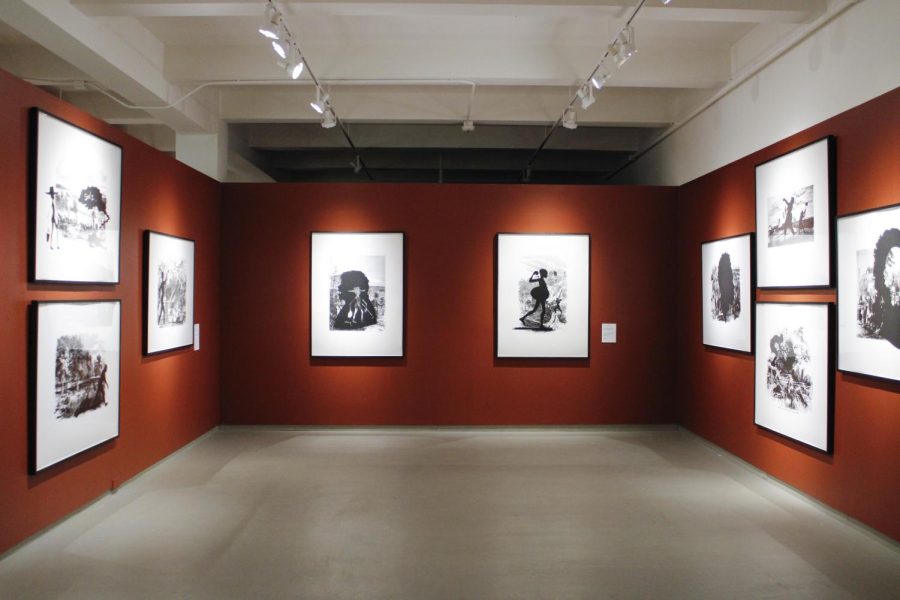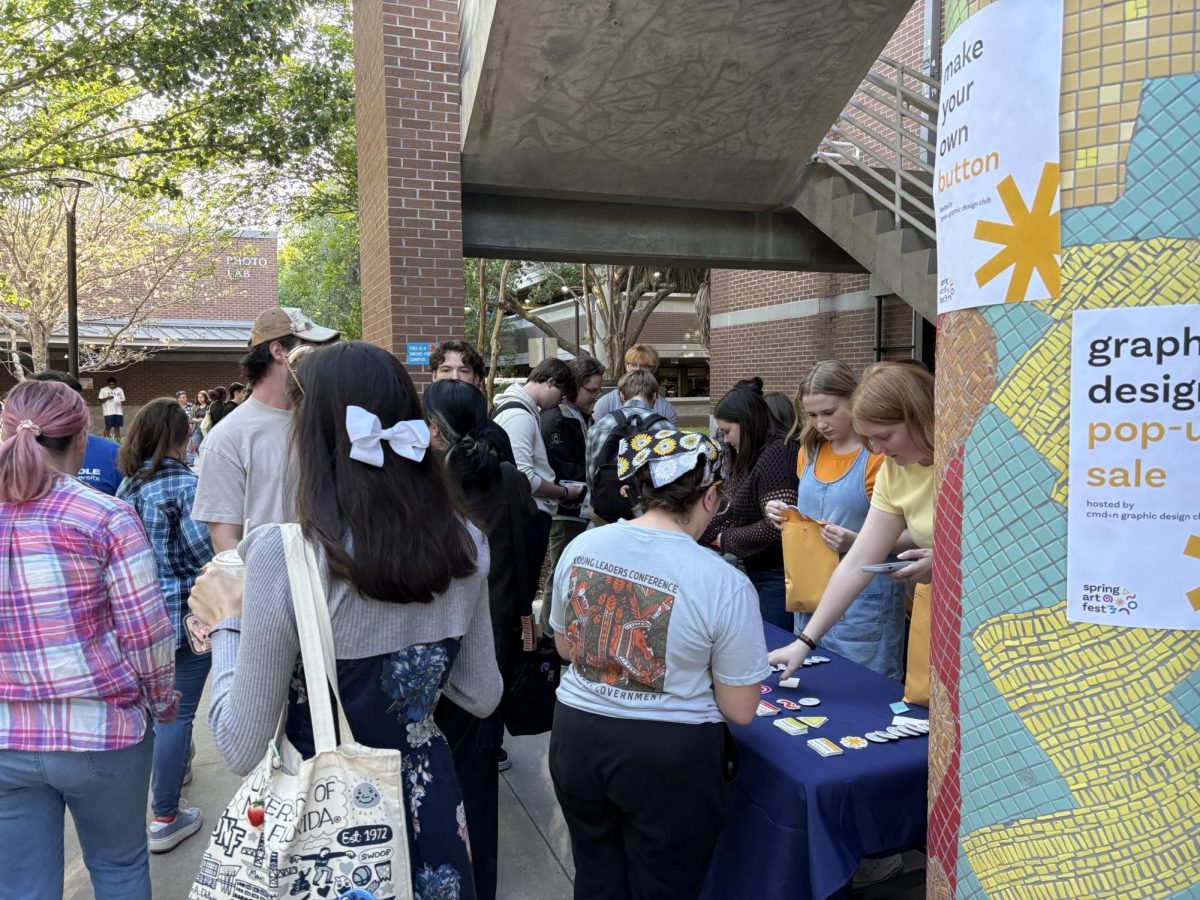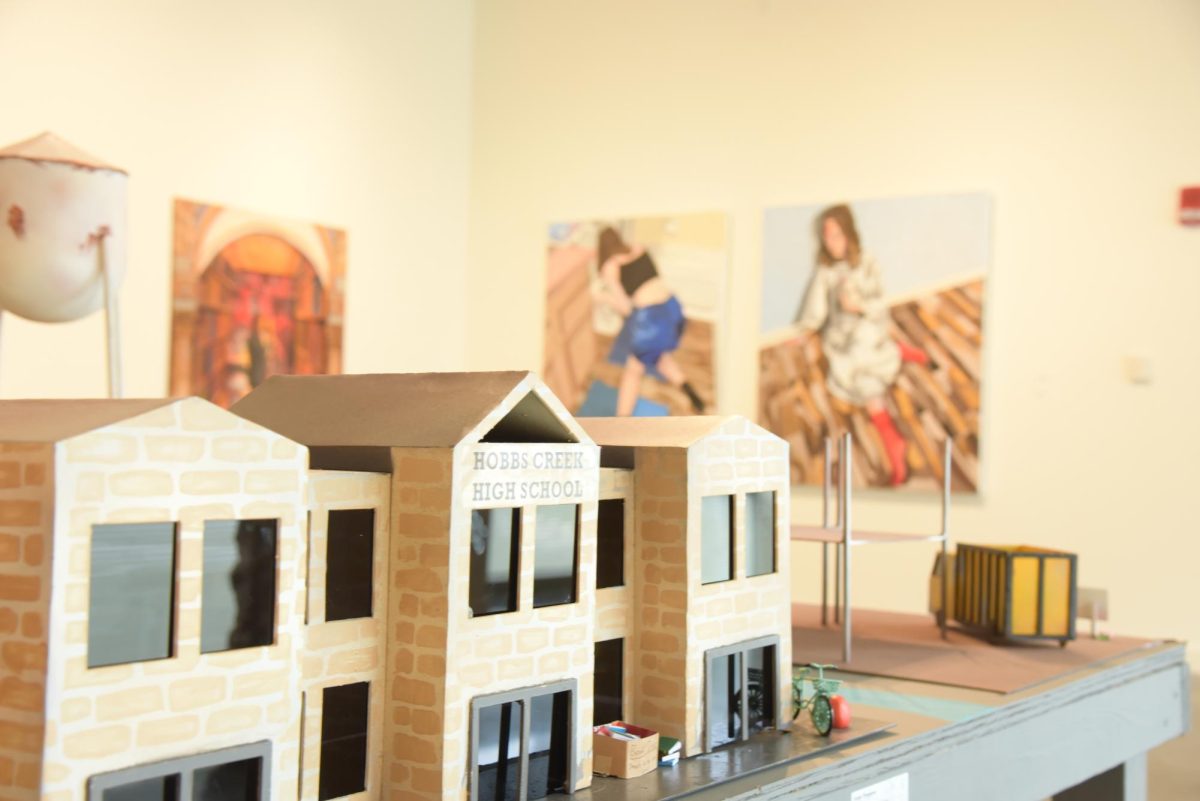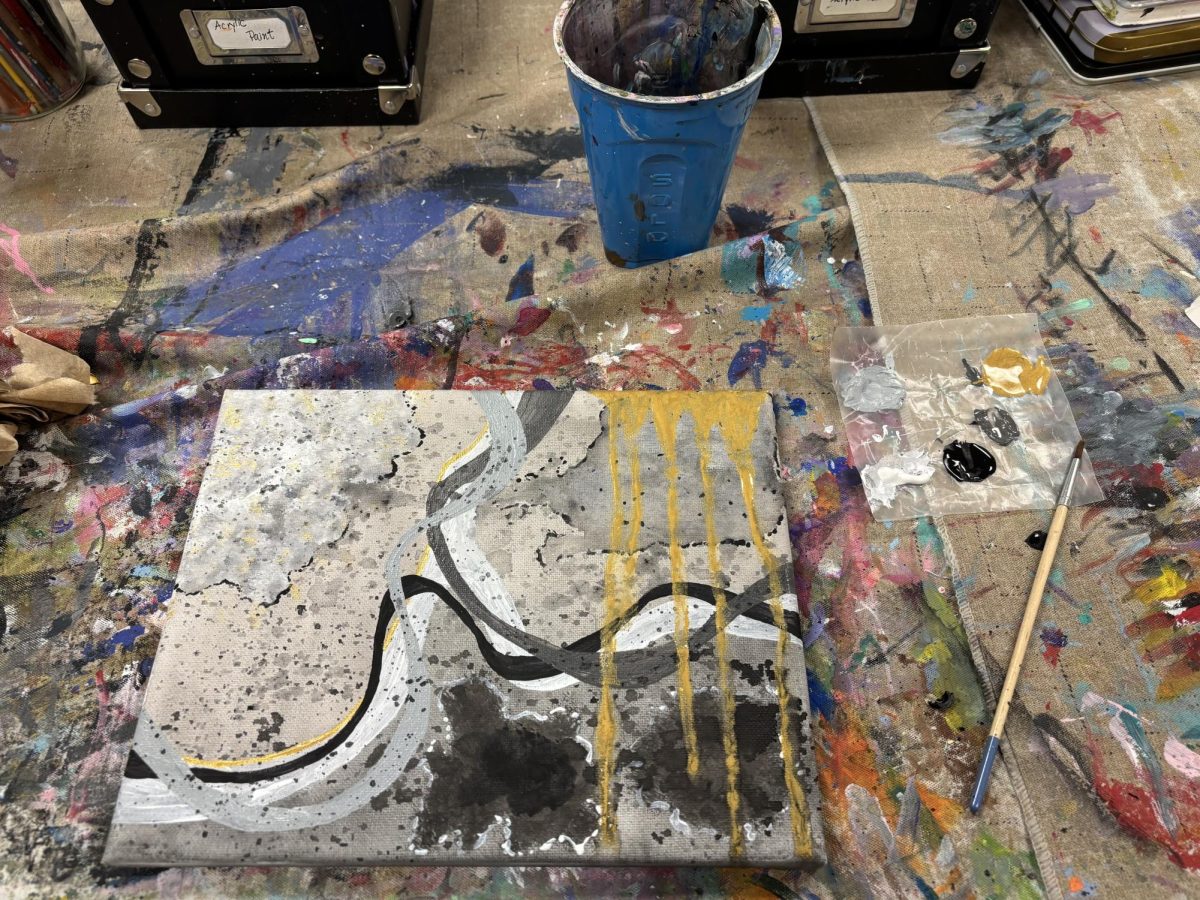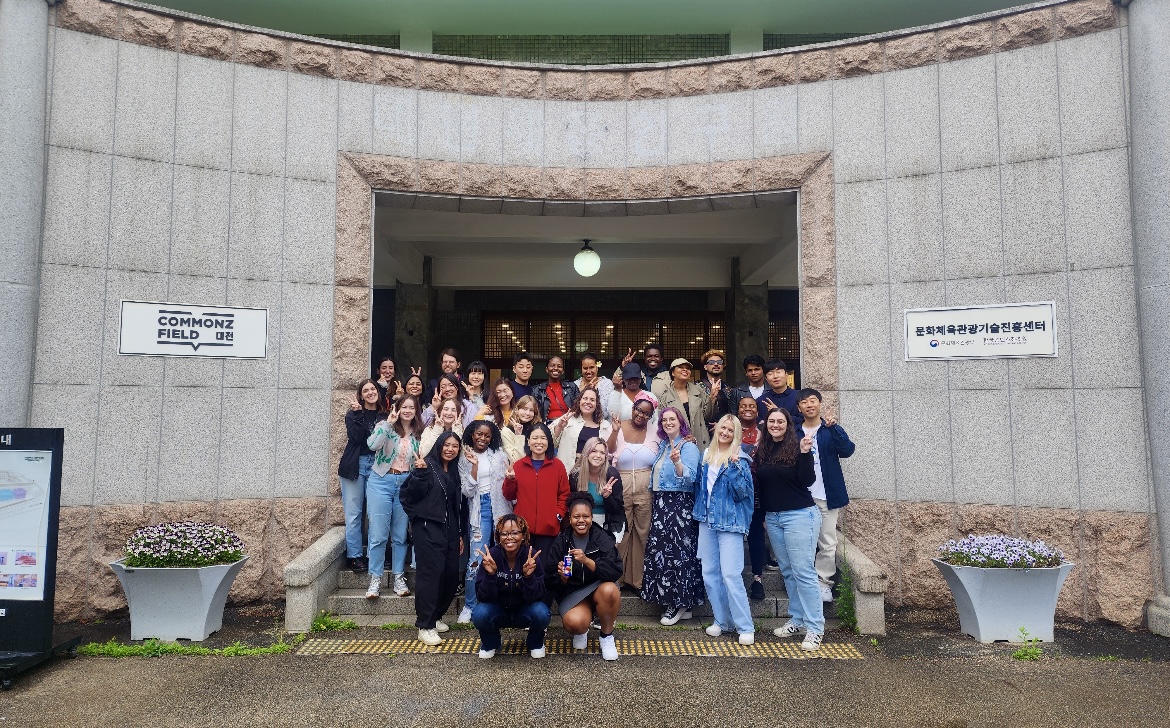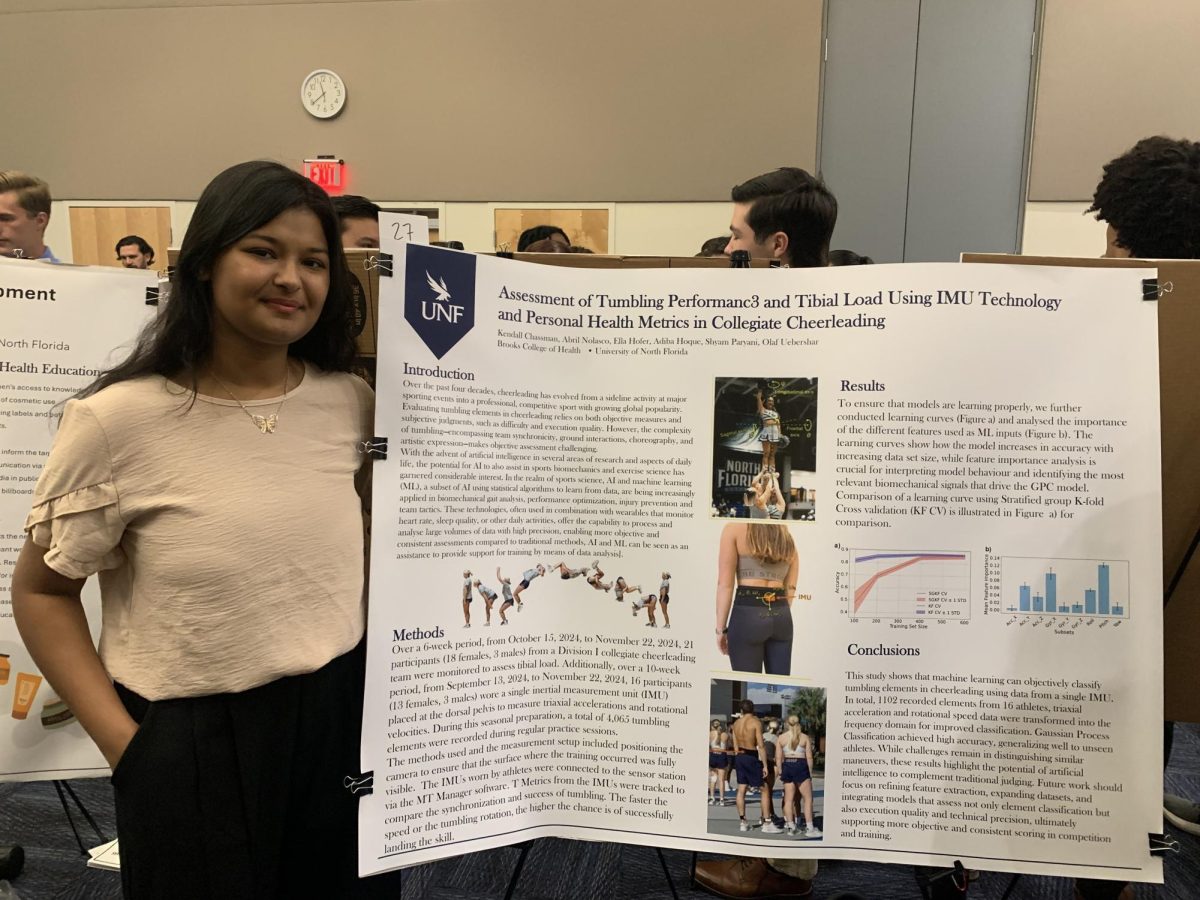Covering the walls of the third floor in the Jacksonville Museum of Contemporary Art (MOCA) is a collection of Kara Walker’s pensive artwork. Walker dives into racism, colonialism, gender violence and much more. Some works depict very mature content; however, the visit is quite an educational experience.
Kara Walker is a very accomplished New York-based artist with pieces in many museums, including the Guggenheim Museum, The Museum of Modern Art (MOMA), The Metropolitan Museum of Art and abroad museums like The Tate Gallery in London, according to her biography.
Born in Stockton, California in 1969, Walker practiced art from an early age. She moved to Georgia at 13 years old and said that at her high school, she was called a “n*****” and was told she “looked like a monkey,” which made her feel unwelcome and isolated, according to The Art Story.
Walker then continued to focus her art on racial issues like the portrayal of African-Americans in art and literature and further develop her voice in educational institutions. She earned her BFA in 1991 from the Atlanta College of Art and got her MFA at the Rhode Island School of Design in 1994.
Among her most famous work is her large-scale silhouette installation of the 1900s that depicted “nightmarish vignettes illustrating the history of the American South. Drawing from sources ranging from slave testimonials to historical novels, Kara Walker’s work features mammies, pickaninnies, sambos, and other brutal stereotypes in a host of situations that are frequently violent and sexual in nature,” according to The Art Story.
Walker’s work continues to explore stereotypes and African-American trauma through historical narratives. Some audiences are offended by her imagery, while others are amazed at her boldness. The controversy of her work makes it that much more appealing.
The Jacksonville exhibition offers a “broad overview of her career,” according to the MOCA. Mediums vary between printmaking, drawings and paintings, and there’s even a bronze sculpture. Many of her pieces depict exaggerated silhouetted figures of African-Americans in intriguing and sometimes cryptic scenarios.
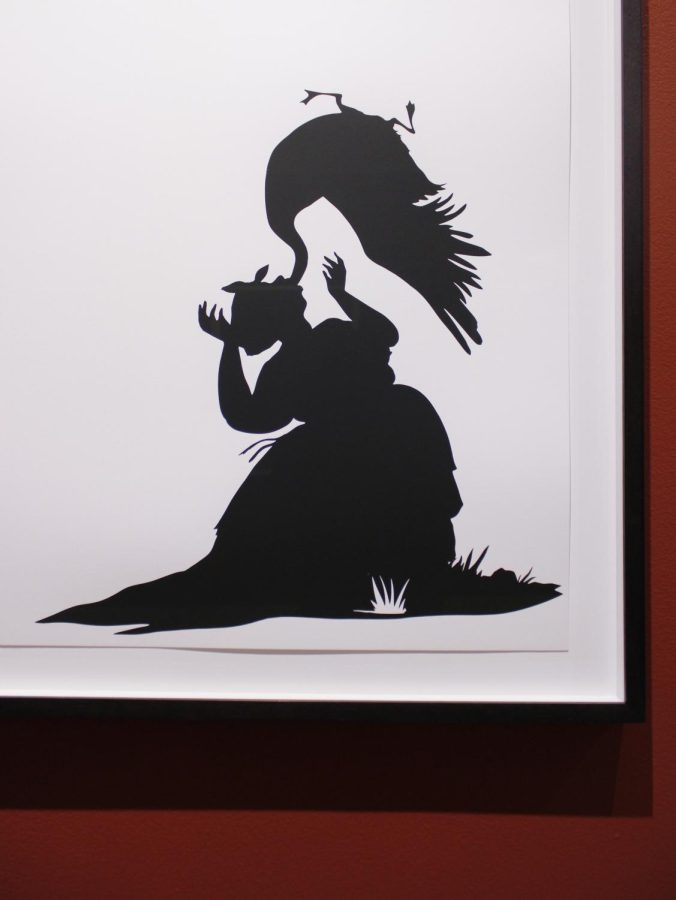
Spinnaker reached out to Printmaking Professor Shelia Goloborotko about Kara Walker’s approach and the technical and conceptual aspects of her work.
As an educator, what is your analysis of Walker’s work?
“I think her work is extremely important for the young minds that we’re forming at UNF because I think it shows the students how courageous an artist must be to touch on so many profound themes with such beauty and tenderness,” Goloborotko said.
What technical aspects stand out to you?
“I think it’s important when we look at this exhibition at MOCA that we see the start of her career,” Goloborotko answered. “There are pieces that are very early in her career [that show] how the processes served her as the subject matters got bigger, deeper, stronger and heavier.”
Goloborotko also expressed great appreciation for Walker’s work of varying mediums.
“There’s so much impeccable technicality to the work and […] it doesn’t stop there,” Goloborotko responded. “It doesn’t stop in the technical aspect because the subject matter is what grabs us, what sucks the air out of us as we’re in front of any of the pieces.”
The work has strong concepts of race, trauma and violence. How do you think audiences will respond to the work?
“I think the audience is gonna bring with them their prejudice or politics and their narrow or open mind, and hopefully open heart,” Goloborotko said. “Hopefully, people can see the story and can see the history that she’s telling. […] It is a polarizing show because America’s a polarizing place.”
Some imagery can be hard to make sense of. How do you think the ambiguity of Walker’s work contributes to her concepts?
“I think what happens when we see images that don’t give us an immediate answer, it makes us question,” Goloborotko answered. “And I think every artwork should leave us with questions. […] We should walk away with more questions. So, I think this ambiguity is a space for the viewer to be a thinker and to collaborate with her, creating a narrative.”
The only way to fully experience the novelty of Kara Walker’s work is to see it in person. University of North Florida (UNF) students and employees can visit MOCA for free. It is open Tuesday-Saturday from 11 a.m. to 5 p.m., Sunday from 12 p.m. to 5 p.m. and is closed on Mondays. The Kara Walker exhibit will be available to see until Oct. 2.
___
For more information or news tips, or if you see an error in this story or have any compliments or concerns, contact editor@unfspinnaker.com



